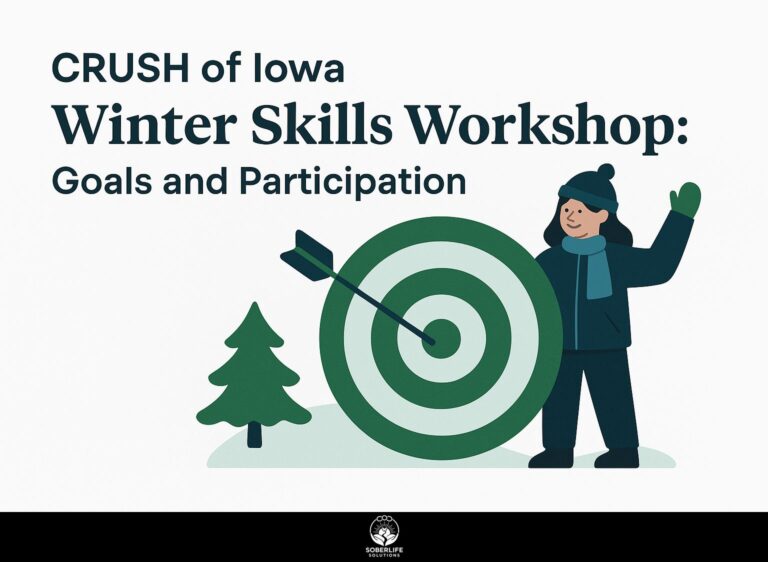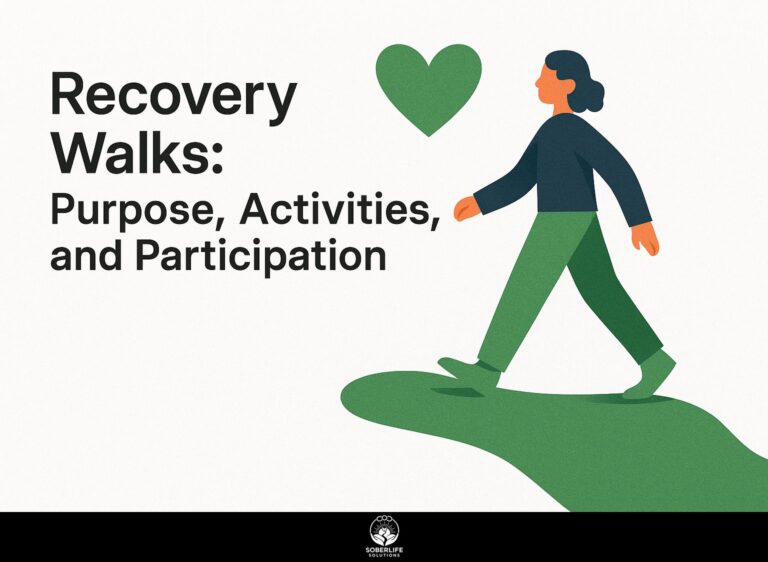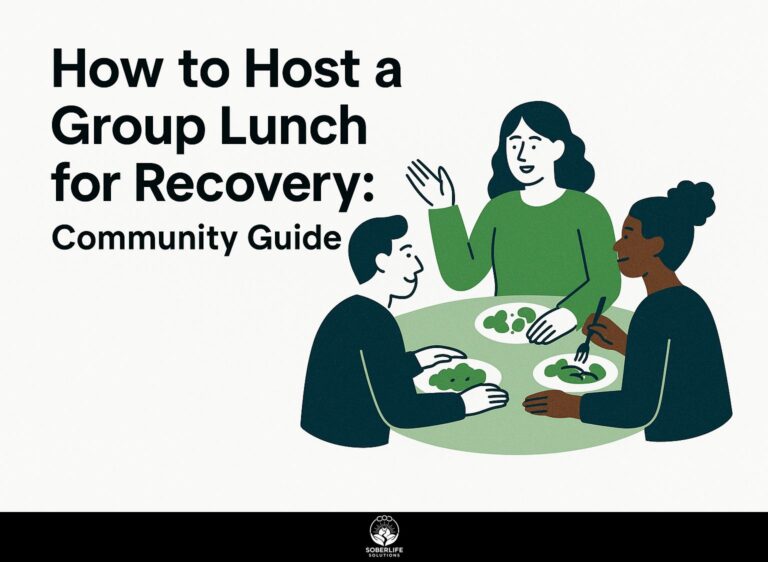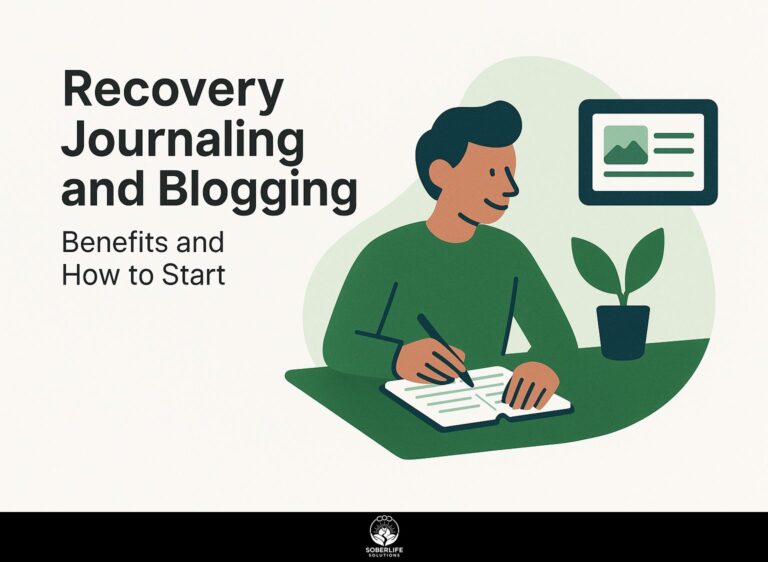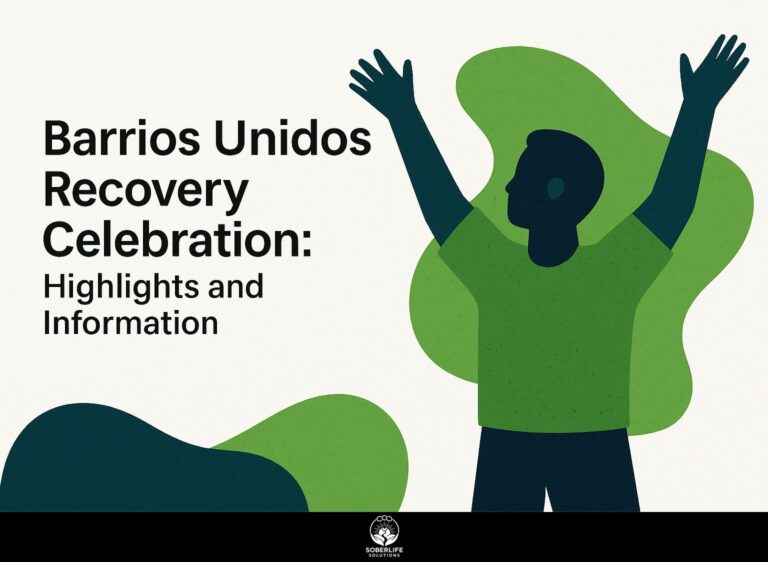Las Vegas Community Garden Recovery Event: Highlights
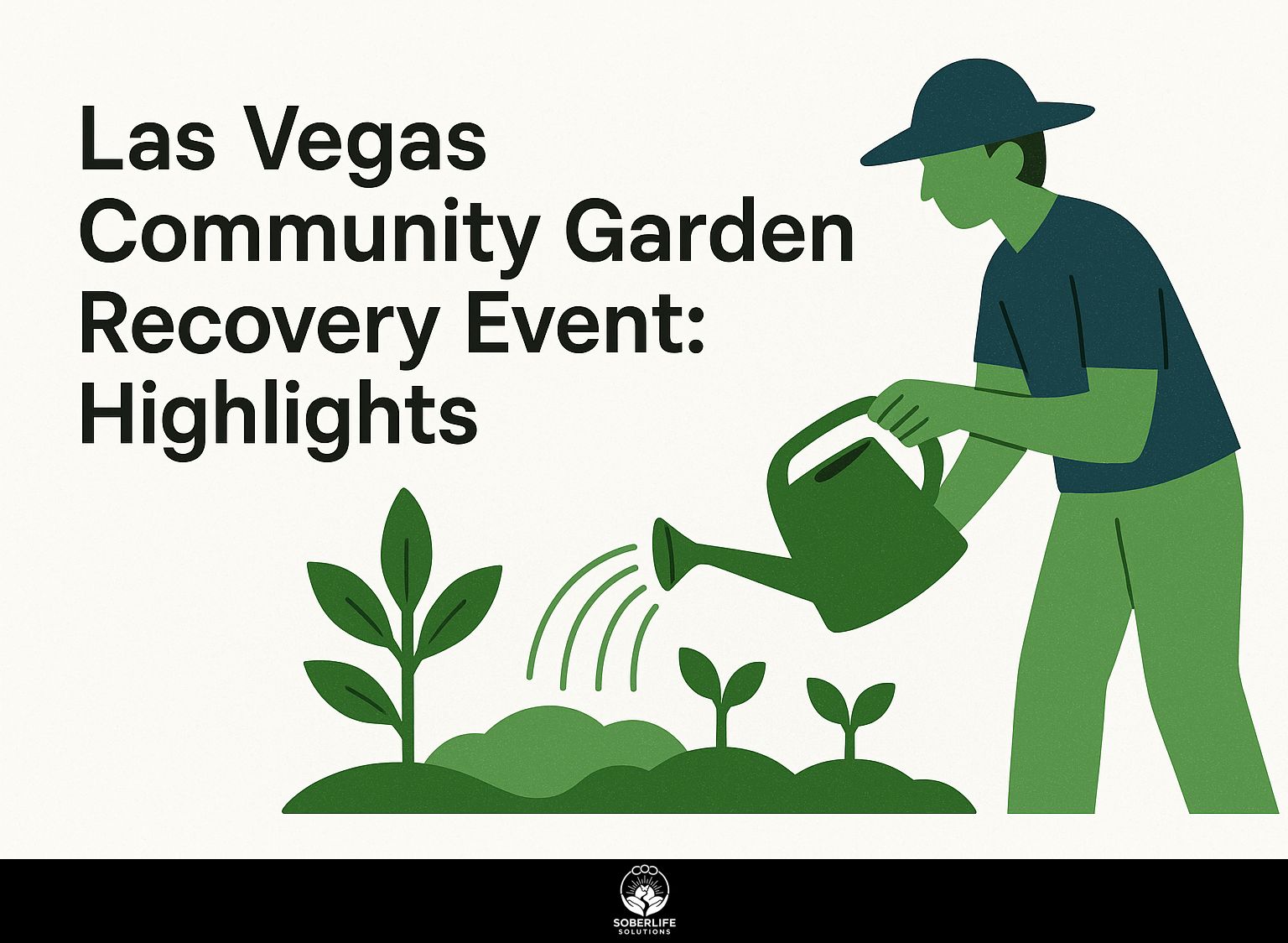
Las Vegas is promoting change with its Community Garden Recovery Event, an important effort aimed at supporting addiction recovery and tackling food inequality. Organized by the Foundation for Recovery and led by advocate Jay Pleggenkuhle, this event improves both soil quality and mental health while supporting community strength. Be part of our event where we share how gardening can help create a helpful space for healing and health.
Key Takeaways:
Purpose and Goals
The event’s main goal is to raise awareness about addiction recovery and food inequality and provide support for families affected by the October 1 tragedy.
To do this, the organizers plan to collect money and help local mental health programs.
Specific objectives include establishing a remembrance wall where community members can share memories of loved ones and planting a Tree of Life as a symbol of resilience and growth.
Collaborating with local food banks, they will also create a series of workshops focused on nutrition and mental health support. According to a recent publication by ScienceDirect, such community-driven initiatives, including gardening and workshops, can have a significant positive impact on mental health. One of our most insightful case studies demonstrates how peer support in settings like hospitals and community centers further amplifies these benefits.
People can take part by creating art, telling stories, and discussing ways to recover, building a feeling of togetherness and help.
Community Involvement
Participation from the community has been essential for the event, with more than 100 local volunteers giving their time and resources to build a lively outdoor urban garden.
These volunteers take on various roles, from organizing BBQs to serving drinks and coordinating entertainment activities. Some leading researchers on ResearchGate emphasize the importance of community engagement for social equity in urban development projects.
For instance, local service workers often provide food at reduced costs, helping maximize community engagement. The event includes live music from local artists, creating a lively setting and highlighting local talent.
Organizers have created a rotating schedule for entertainment, letting various community groups join in, which helps residents feel involved and proud. If you’re interested in learning more about similar events, our overview of New Mexico Recovery Events 2023 offers a comprehensive look at community engagement activities.
Event Highlights
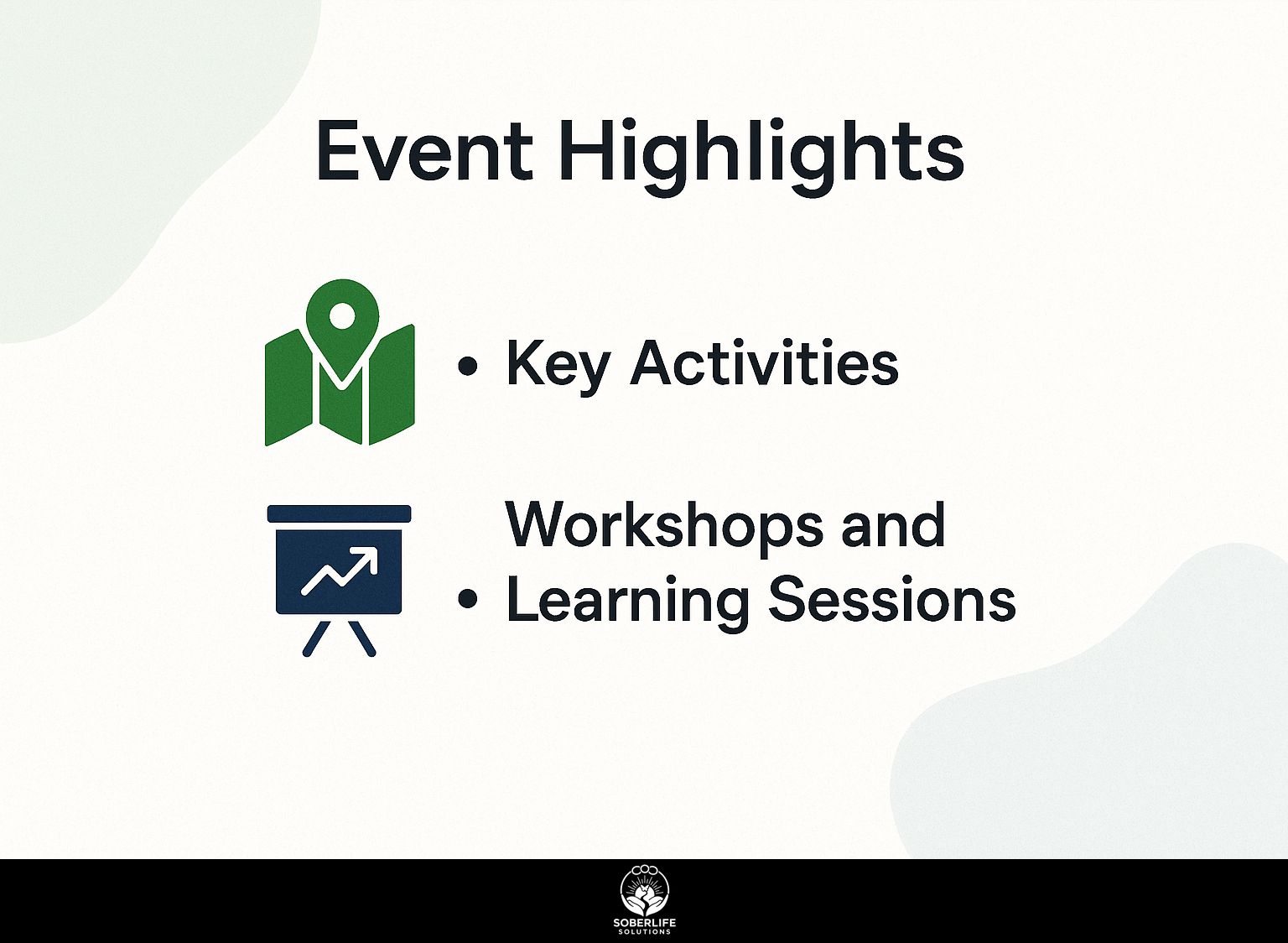
The event will have important activities that will interest attendees and encourage a sense of togetherness, while remembering the October 1 tragedy. As mentioned in the highlights of the Barrios Unidos Recovery Celebration, such events foster community healing and awareness.
Key Activities
Key activities include planting a memorial garden dedicated to the Route 91 Harvest victims, creating a living tribute that embodies ‘Vegas Strong’.
Besides planting, the project will organize guided tours of the garden. During these tours, community members can learn about the plants selected for their symbolic meanings, encouraging people to learn about healing through nature.
A remembrance ceremony will further engage participants, providing a space for stories, music, and shared moments of reflection.
By teaming up with local schools and groups, we can arrange days for volunteers to help with planting and maintenance, encouraging community involvement and a sense of pride.
Workshops and Learning Sessions
Workshops will teach useful life skills and sustainable gardening techniques to help community members take care of the public garden.
The planned workshops will cover a range of topics, including:
- Hydroponic gardening
- Composting methods
- Seasonal planting strategies
Participants will learn to set up a hydroponic system using inexpensive materials, such as PVC pipes and nutrient solutions, enabling them to grow fresh produce year-round. Insights from experienced practitioners, like those shared on Reddit’s hydroponics community, can be invaluable. For an extensive analysis of related benefits, our comprehensive study on horticulture therapy explores its uses in promoting well-being.
Each session will have specific goals, such as building community knowledge or improving garden yield, with metrics tracked through pre- and post-workshop surveys. This practical method promotes continuous learning and motivates participants to share their abilities within the community.
Volunteer Contributions
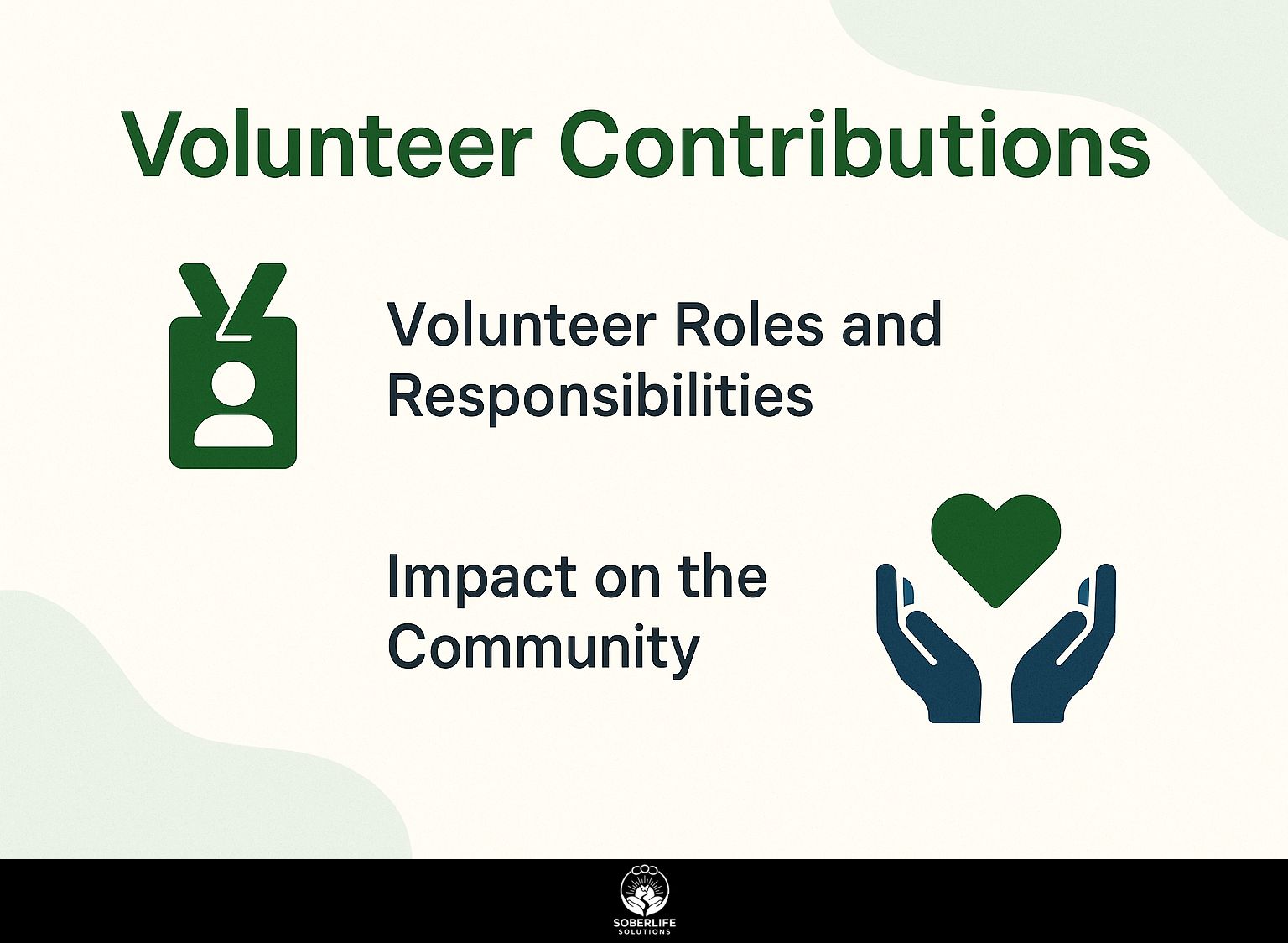
Volunteers are essential for the event’s success. They handle jobs like creating garden spaces and organizing event tasks, significantly helping the local community.
Volunteer Roles and Responsibilities
Volunteers will take on various responsibilities such as planting, maintenance of the public garden, and coordinating the remembrance ceremony.
Each volunteer role includes certain tasks and a time commitment that builds teamwork and a sense of community.
Gardeners will spend approximately four hours weekly on planting and maintaining flower beds, while coordinators for the remembrance ceremony will dedicate around two hours weekly for planning and organization.
Tools provided include gardening gloves, shovels, and pruning shears, along with training sessions on sustainable gardening practices. This makes sure that all volunteers feel ready and informed, improving how they perform and enjoy their roles.
Impact on the Community
The event has a big impact on the community, bringing people together and creating a garden that will benefit those who come after us.
These programs improve local mental health by offering a calm place and encouraging people to connect with each other. For instance, previous community gardens have reported up to 75% of participants feeling less stressed and more connected.
Activities such as workshops on planting and maintenance educate people and bring the community closer together. Platforms for community planning and social media groups can keep people engaged, ensuring the garden remains active and well-maintained.
As time goes on, these areas can change neighborhoods, helping people feel better mentally and feel more connected to others.
Garden Restoration Efforts
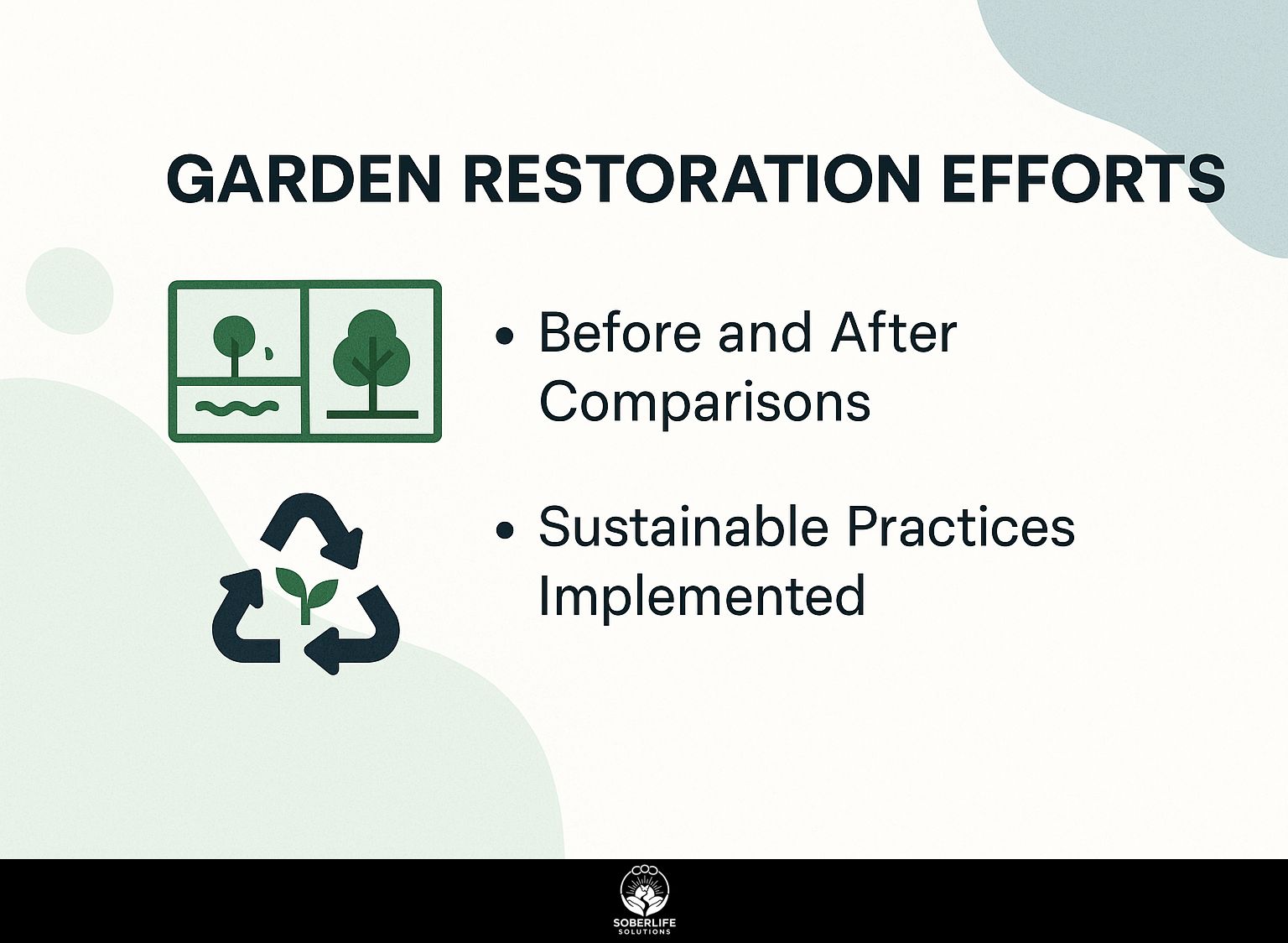
Restoration work is important to the event, focusing on turning city areas into thriving community gardens using environmentally friendly methods.
Before and After Comparisons
Looking at the changes, the before and after images of the city garden show what can happen when people work together.
The images show a clear difference: the previously empty land is now full of colorful flowers and thick green plants. Participants noticed that the renovated space promotes teamwork and makes community events more fun.
Tools like Google Photos allow easy sharing of these before-and-after images, enhancing engagement through social media. Using public forums such as Nextdoor encourages neighbors to contribute ideas and feedback, further promoting unity and collective responsibility for the garden.
This complete method strengthens the emotional bond to the space, encouraging upcoming community projects.
Sustainable Practices Implemented
To help the garden grow well, we will use sustainable methods like hydroponic gardening and eco-friendly materials for benches and paths.
Incorporating hydroponics allows for faster plant growth while using significantly less water than traditional methods.
Using reclaimed wood for benches cuts down on waste and gives them a rustic look.
Using permeable paving for pathways will improve rainwater absorption, decrease runoff, and support local ecosystems.
These choices will lead to a thriving garden that attracts beneficial insects and promotes biodiversity, while also engaging the community in sustainable practices that they can replicate in their own spaces.
Community Feedback
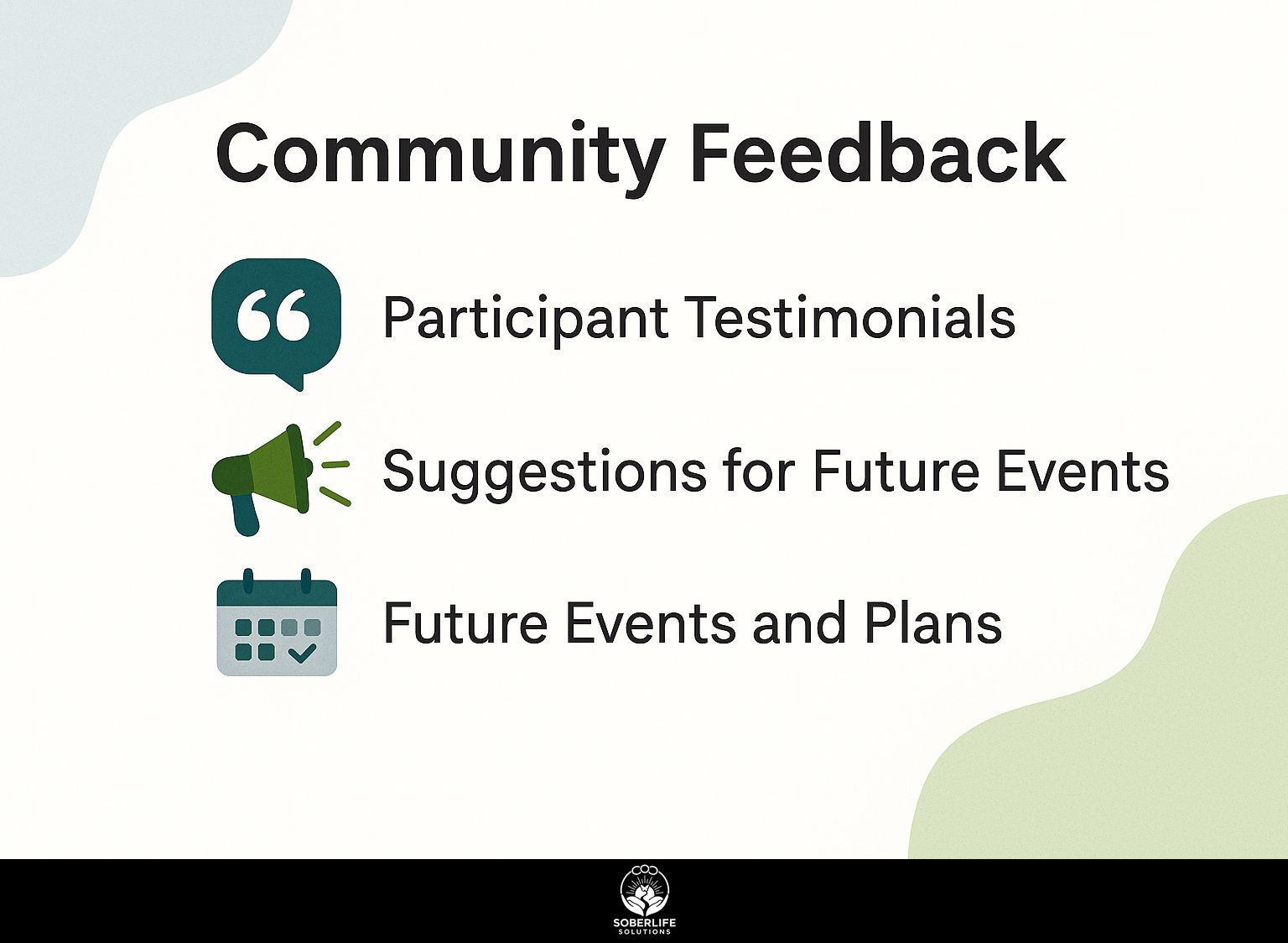
Feedback from the community will be gathered to measure the event’s effects and collect information for upcoming plans, allowing for ongoing progress.
Participant Testimonials
Participants will share testimonials highlighting the emotional resonance of the event and its role in creating a healing space for remembrance.
One participant said, “This event made me feel calm; I felt truly seen and heard in my grief.” Another mentioned, “The supportive setting helped me meet others who understand my experience.”
Many attendees expressed that the memorial activities, such as candle lighting and storytelling, significantly contributed to their healing process.
Gathering in a compassionate community, they found solace in shared experiences and the freedom to express their feelings openly. This shared support created lasting connections that continued after the event.
Suggestions for Future Events
Participants will be asked to share their thoughts on upcoming events, highlighting what the community desires and requires for continuous support and engagement.
To gather effective suggestions, we will host an online survey where community members can anonymously share their ideas. This survey will include questions about desired topics for workshops, potential guest speakers, and the frequency of community meet-ups.
We will organize quarterly open forums, allowing participants to voice their suggestions directly. Looking at the gathered information will help us concentrate on what attendees care about most, ensuring our events continue to match community preferences.
Future Events and Plans
Upcoming events will focus on the success of this meeting, with plans to enlarge the community garden and organize regular public meetings.
To plan these upcoming events, we will focus on input from the community collected through surveys and talks. This knowledge will help us identify themes such as sustainability workshops, seasonal festivals, or art exhibitions that best engage attendees.
We want to include hands-on activities such as gardening lessons or cooking shows using vegetables from our garden. By establishing a rotating calendar of events, we can nurture ongoing engagement, ensuring our initiatives remain relevant and exciting to all community members.
Frequently Asked Questions
What is the Las Vegas Community Garden Recovery Event?
The Las Vegas Community Garden Recovery Event happens every year. It gathers local people to tidy up and refresh the community gardens in Las Vegas.
When is the Las Vegas Community Garden Recovery Event?
The event happens each spring, typically in April. The exact date may vary each year, so it’s best to check the event website for the most up-to-date information.
Who can participate in the Las Vegas Community Garden Recovery Event?
Anyone can participate in the event! It is open to all members of the community, including individuals, families, groups, and organizations.
What happens at the Las Vegas Community Garden Recovery Event?
The event typically includes tasks such as weeding, planting, mulching, and general clean up of the community gardens. There may also be educational workshops and activities for participants to learn more about gardening and sustainability.
Why is the Las Vegas Community Garden Recovery Event important?
The event matters because it helps improve and care for the community gardens, which are important places for the people living nearby. It also promotes environmental awareness and brings people together to work towards a common goal.
How can I get involved in the Las Vegas Community Garden Recovery Event?
If you are interested in participating in the event, you can sign up through the event website or contact the organizers directly. You can also spread the word and encourage others to join in on the event. Donations and sponsorships are also welcome to support the event and its mission.

